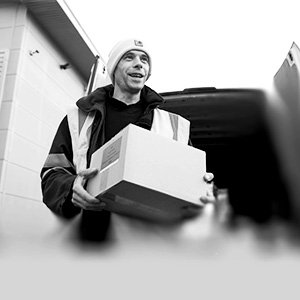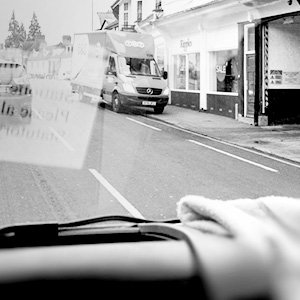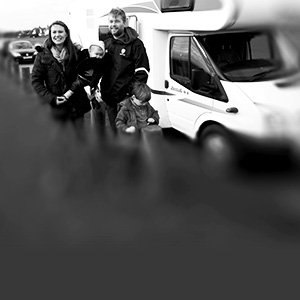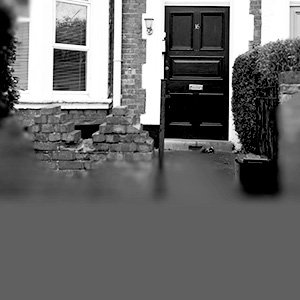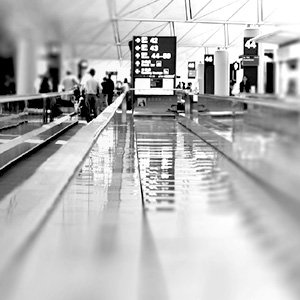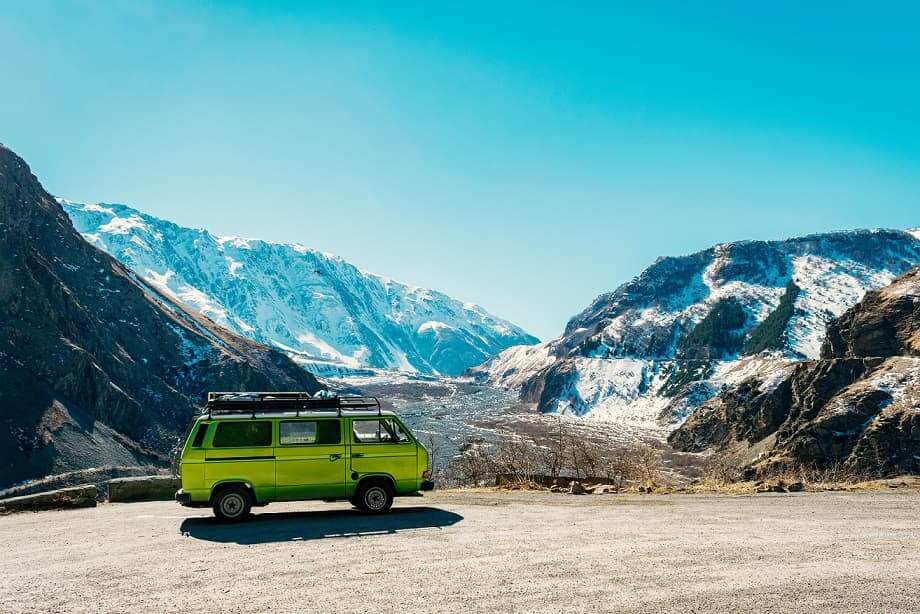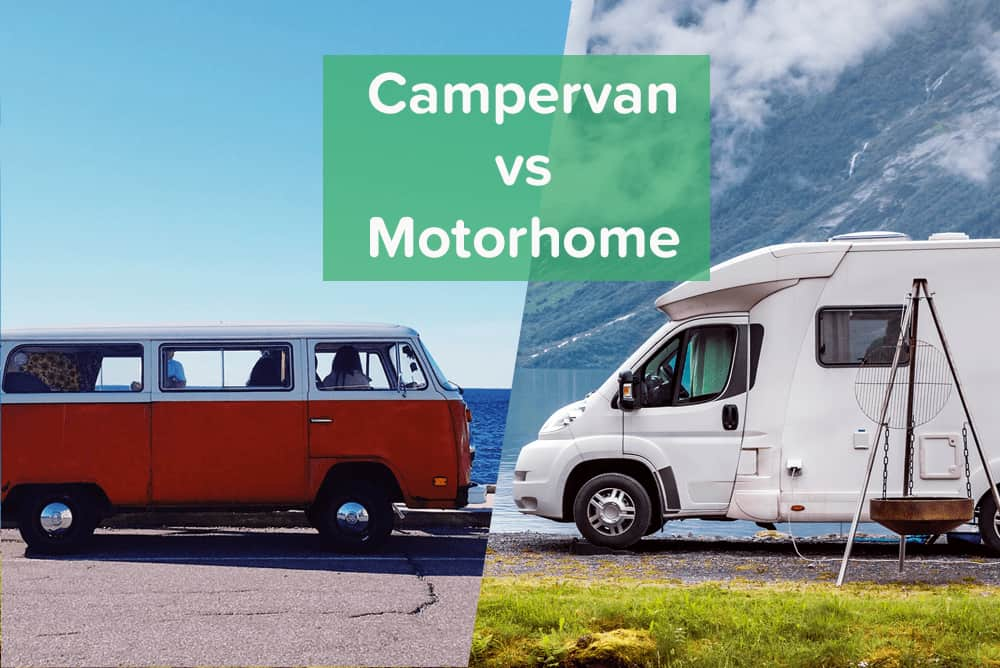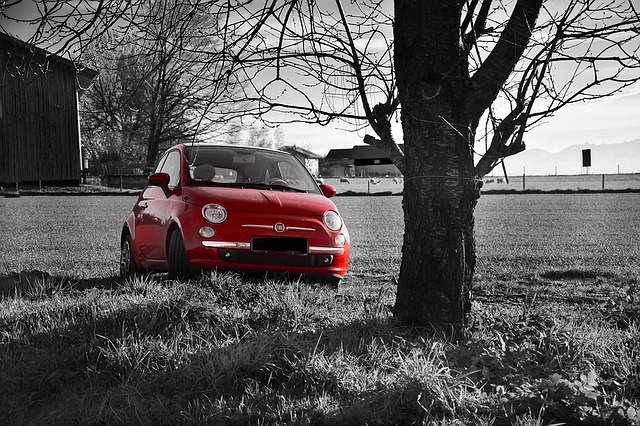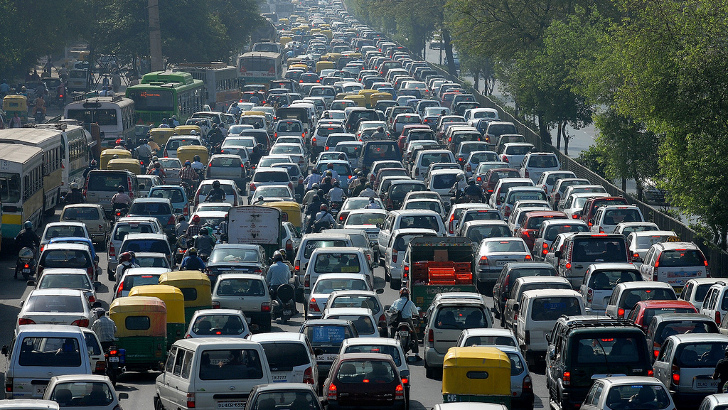It’s funny to think that pre-70s no-one really cared about driving economy. Designers simply built cars that looked nice with big fins and massive engines, the sheer weight of the car was just a thing and gas-guzzling pollution was up there with smoking 20 a day – perfectly acceptable!
But the oil crisis in 1973 and 1979 changed everything. The price of it quadrupled by 1974, gas prices in the US rose by nearly 50%, and in an effort to save energy state governments asked its citizens not to put up Christmas lights and even the Netherlands imposed prison sentences for people using more than their ration of electricity.
And all this affected how our cars were made. Suddenly mpg was the buzzword and the better this was, the better the car would sell. And even though the oil crisis slowly subsided over the next few decades, this factor in car manufacturing became increasingly important. Engines, tyres and aerodynamics all became more efficient and body panels became lighter and stronger in an effort to wring more out of every gallon.
This all sounds great and clearly the customer and the environment are benefitting from all this technology. But what about the advertising? Can you really get the amazing economy from your car that the manufacturers claim? The answer, it seems, is no you can’t.
According to Which? An independent test discovered that 98% of UK cars couldn’t match or beat the figures released by the manufacturers. The 2013 Mitsubishi Outlander over promised its economy by – wait for it – 120%.
This really matters because we are basically being mis-sold over a major selling point and we certainly wouldn’t put up with this if it was anything else (imagine the outrage if food calories or sugar content was incorrectly labelled!).
The EU is planning to introduce much more stringent rules by 2017 but if the car manufacturers aren’t helping us right now, what can we do to save money and increase our mpg ourselves?
Well, here are some tips that could really help increase your car’s economy:
- Use things like a Petrol Price Checker to see where the cheapest fuel is. So long as these stations are either near you or along your journey, you can make some real savings.
- Drive as little as possible. Either car share with people from work or see if you can turn two planned routes into one and save a few miles. Or even cycle to the shops if you can manage it!
- Take out the excess weight. Whether this is a roof rack or stuff in the boot or back seat, your engine has to work harder to carry it. Clear out what you don’t need.
- Don’t completely fill up on fuel. If you can keep your tank around half full (range from 25% to 75% full) then you’ll save even more weight.
- Check your tyres for pressure and wear and tear. Another way the engine has to work harder is if the tyres are flabby or badly worn, so get yours checked.
- Same applies to the suspension so get yours checked when your tyres are being looked at.
- Don’t floor it. Don’t drive hard up to red lights or crossings. In addition to wearing our your brakes and tyres you’ll be guzzling the fuel and not actually getting anywhere faster. Same goes for burning away from a standing start.
- The air con and even the ventilation use up fuel so use both sparingly.
- Close the windows and sunroof whenever you can to keep the aerodynamics as smooth as possible.
There are the best ones and we hope they can help you. But if you know any more, do let us know and we’ll pass them on!
